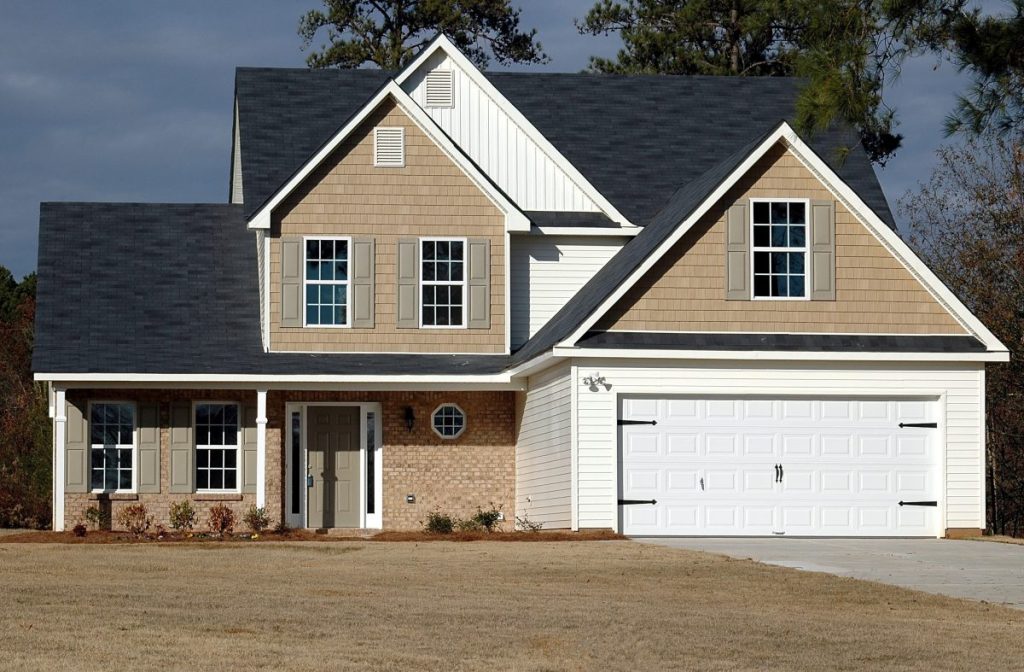Extending your home will give you more living space and increase the value of your house, thereby lowering the cost of ownership. What you invest in an extension you will almost always get back in added capital value. An extension is one of the most life-changing home improvement projects you can undertake and requires extra care when preparing. This is why we have brought to you the best ways to design an extension to your house.
Initial Planning and Preparation
The first step to be taken when designing an extension is planning. It is vital to plan how to extend a house, from getting the necessary paperwork in place to signing the contract with your chosen builder. Here is how it works.
Building and Resource Consent
A building consent and potentially a resource consent are important steps to take in the process of planning a house extension, but they can be difficult to accomplish if you aren’t well prepared. Make sure you’ve thoroughly considered your plans with an architect or builder who is familiar with the local building consent authority and their requirements before planning an extension.
As a rule, you will need resource consent if your extension does not meet the rules in the District Plan, or where the Plan states that resource consent is required for a particular activity. In Christchurch, this could be if your extension covers over 35% of your land, if you are encroaching on local setback or boundary guidelines, or if you are breaching building recession plane. If granted, a resource consent allows you to build or use your land in accordance with the conditions of the consent, and you do not have to comply with all the rules in the District Plan.
Engaging Professionals Early
Engage professionals early in the process – A good building contractor can provide estimates before much time and money are invested in the project. Offer professional advice. Assist with professional services such as engineers, architects, geotechnical, and with all required consents.
Designing a Cohesive Extension
Several main considerations must be taken when designing an extension to ensure it seamlessly blends with the existing structure while still being functional and aesthetically pleasing. To maintain a cohesive appearance, match the existing building’s rooflines, materials, and architectural details. To create a striking contrast, include modern elements such as large glass panels or modern materials (e.g., steel, aluminium). When blending old and new, use transitional design elements that bridge the gap between traditional and modern styles.
Maximising Natural Light
To bring in natural light, include large windows, skylights, and glass doors. For maximum benefit, consider floor-to-ceiling windows. Position the extension to take advantage of the sun’s course. In the southern hemisphere, north-facing extensions receive the most sunlight. Use an open floor plan to allow light to penetrate deeper into the space. To minimise energy loss, use high-quality insulation in walls, roofs, and floors.
Sustainability and Energy Efficiency
Choose materials with a low environmental impact, such as reclaimed wood, recycled metal, or eco-friendly concrete. Consider including solar panels, a heat pump, or other forms of heating; installation of such systems can be easier and more cost-effective during a renovation. Double glazing with a thermal break is now the minimum requirement in Christchurch, but to minimise heat loss further and improve energy efficiency, triple-glazed windows and other forms of upgraded insulation should be considered if the budget allows for it.
Ensuring Design Continuity
Use a consistent colour palette that compliments both the extension and the existing structure. To ensure a seamless transition, choose flooring materials that match or blend with the existing floors. Choose furniture and decor that complement the rest of the house’s style. To create unity, use similar textures, patterns, and colours. Easily combine natural and artificial lighting. To create a well-lit and inviting space, use recessed lighting, pendant lights, and floor lamps.
Budgeting for Your Extension
Budgeting is a critical component of a home extension, as it ensures you have a clear picture of the financial requirements and helps avoid overspending. Consider the cost of materials you intend to use, including basic bricks, cement, wood, and more specific items like windows, doors, cladding, roofing, and fixtures. Consider the quality and sustainability of the materials you choose, as higher-quality or eco-friendly alternatives may cost more.
Obtaining a Project Information Memorandum (PIM)
For a major project such as an extension, it makes sense to get your proposal approved before starting work. A project information memorandum (PIM) provides information about land and about the requirements of other Acts that might be relevant to proposed building work. When construction begins, your builder will keep in touch with building authorities regularly, as they will need to carry out site inspections at various stages, beginning with the start of work on site and foundation excavation. Lastly, make sure you have a completion certificate with you when you’re ready to sell.
Finalising Your Project
Before completing the project, make a list of any remaining tasks that may be required. Decorate and furnish the new space according to your requirements and style. Set up utilities, computers, and any other necessary equipment. To keep the extension in tip-top shape, establish a maintenance schedule


